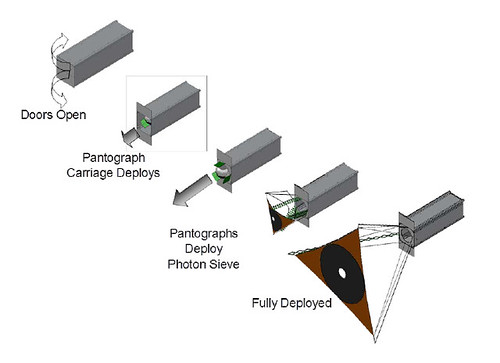My GPS Needs TIMU
Thursday, April 11th, 2013
Remember real-time DVR for satellite radio? It would grab the past and future (+/-3 minutes) so you could go back a little to hear what you missed. The satellite TV ones are awesome, too. Go back as far as you like, skip the ads, etc. So we’re taking spaced-based tech and adding some magic on the ground to make it better.
I don’t have a GPS device. I use my iPhone and Google Maps. Without an Internet connection, it won’t be help — unless you download where you know you’ll be with a connection. Like remote national park. Download the maps and the GPS will still kick-in and guide you.
What if you lose your GPS connection? Think long tunnel or deep gorge — or the bad guys putting the jam on your signal. Enter DARPA and it’s new prototype timing & inertial measurement unit (TIMU)…
DARPA researchers at the University of Michigan have made significant progress with a timing & inertial measurement unit (TIMU) that contains everything needed to aid navigation when GPS is temporarily unavailable. The single chip TIMU prototype contains a six axis IMU (three gyroscopes and three accelerometers) and integrates a highly-accurate master clock into a single miniature system, smaller than the size of a penny. This chip integrates breakthrough devices (clocks, gyroscopes and accelerometers), materials and designs from DARPA’s Micro-Technology for Positioning, Navigation and Timing (Micro-PNT) program.
Three pieces of information are needed to navigate between known points ‘A’ and ‘B’ with precision: orientation, acceleration and time. This new chip integrates state-of-the-art devices that can measure all three simultaneously. This elegant design is accomplished through new fabrication processes in high-quality materials for multi-layered, packaged inertial sensors and a timing unit, all in a tiny 10 cubic millimeter package. Each of the six microfabricated layers of the TIMU is only 50 microns thick, approximately the thickness of a human hair. Each layer has a different function, akin to floors in a building.
The TIMU is tiny and so very cool.





